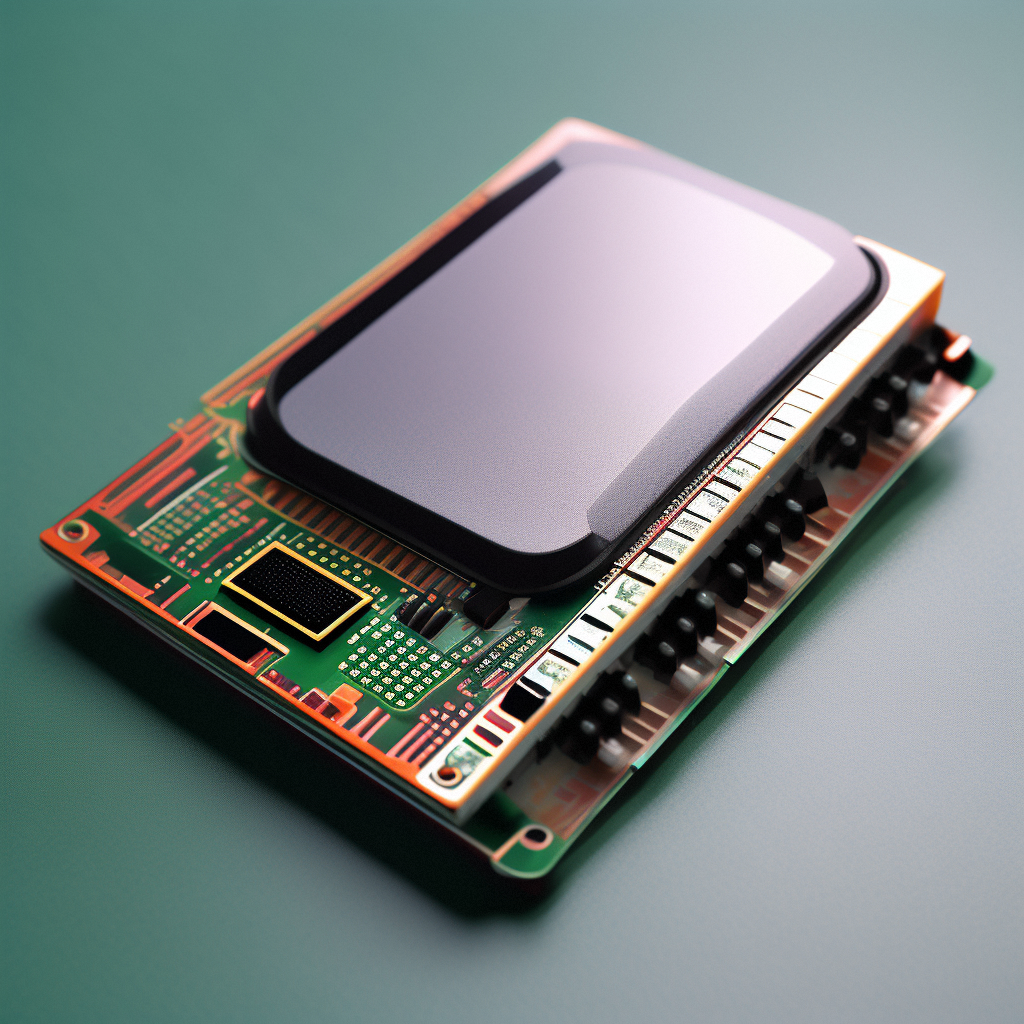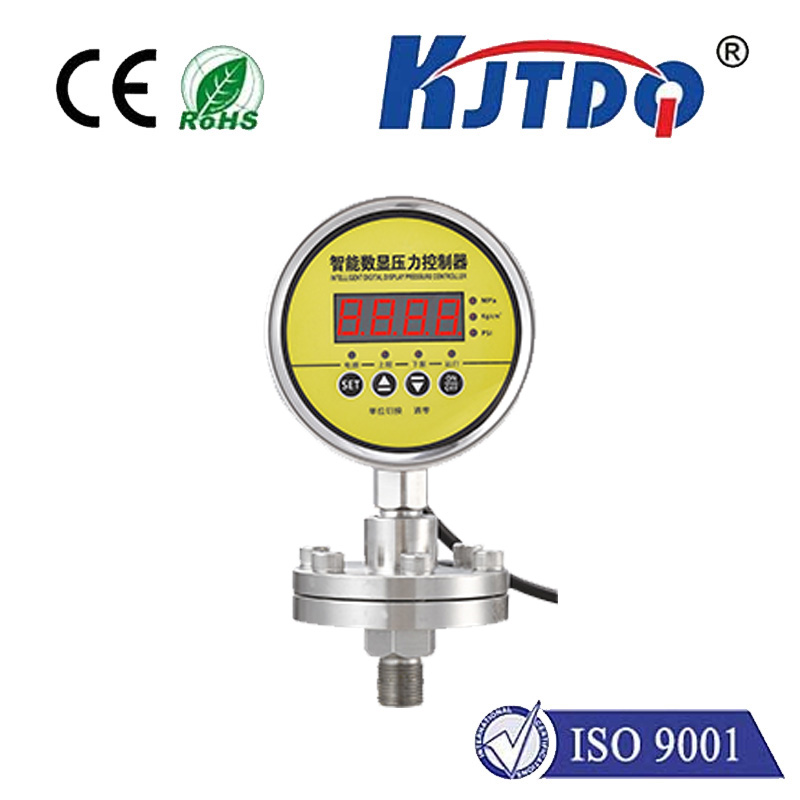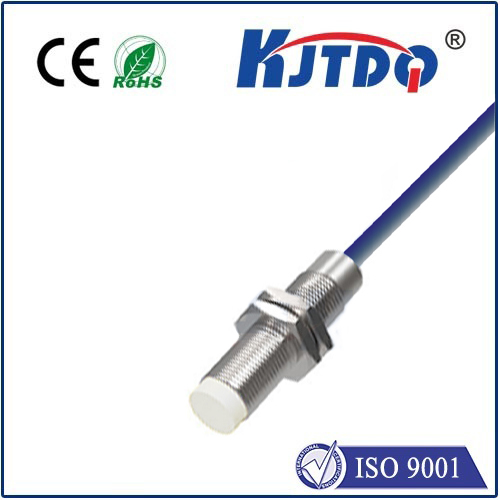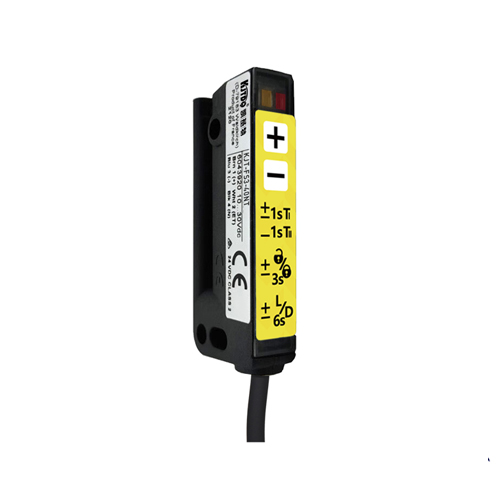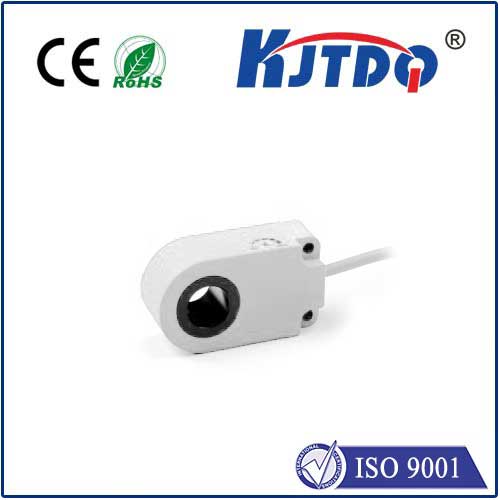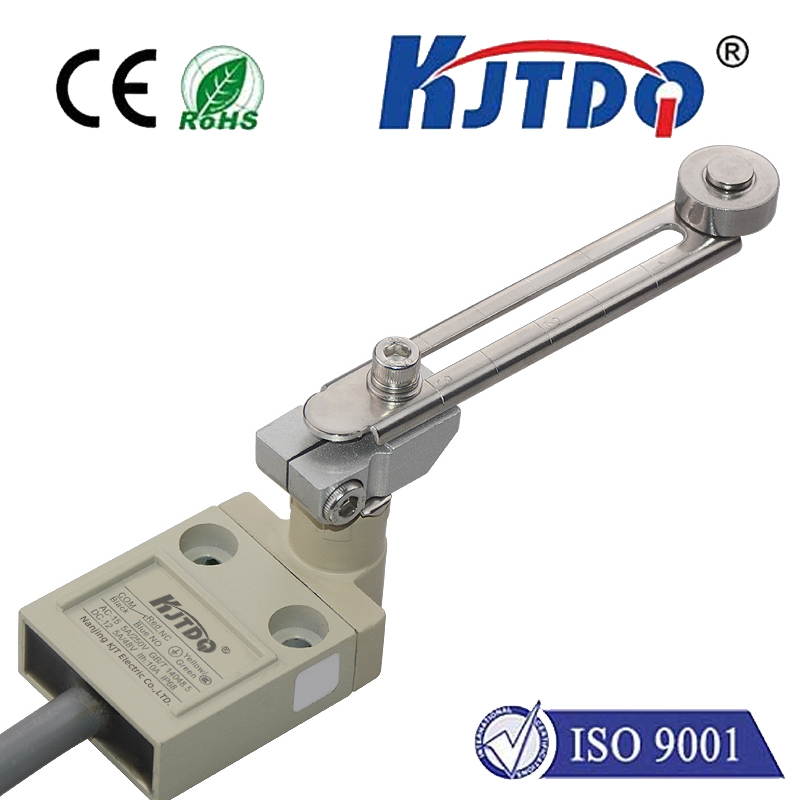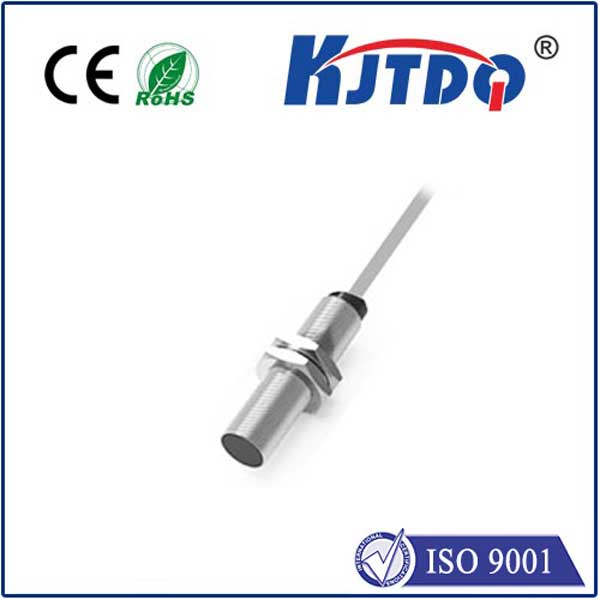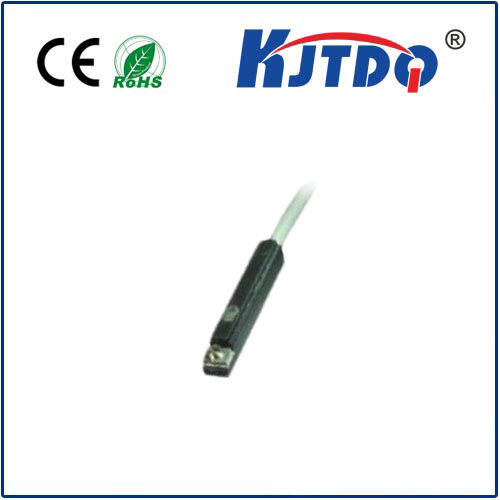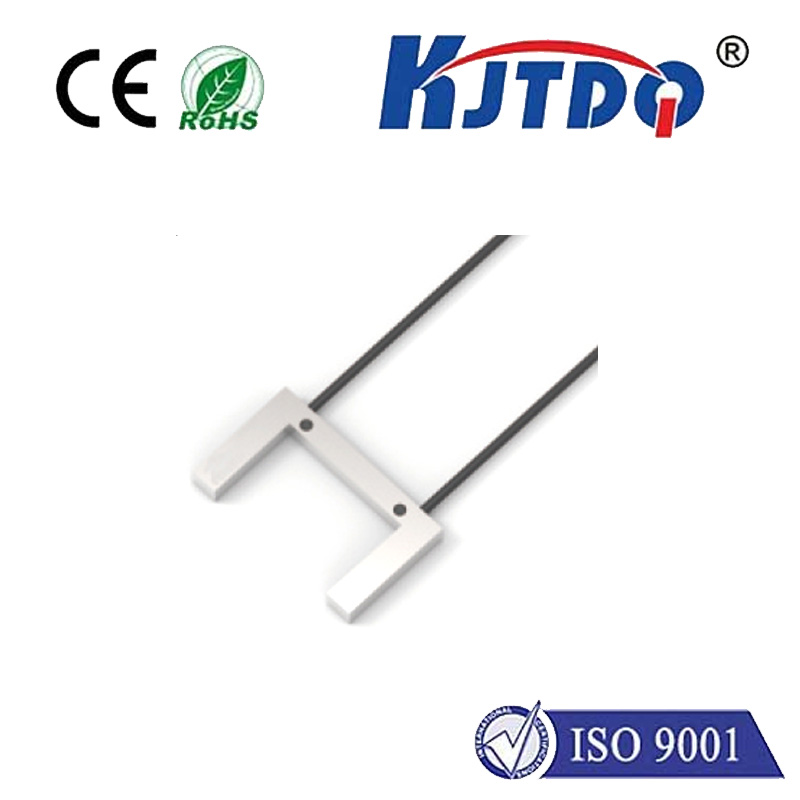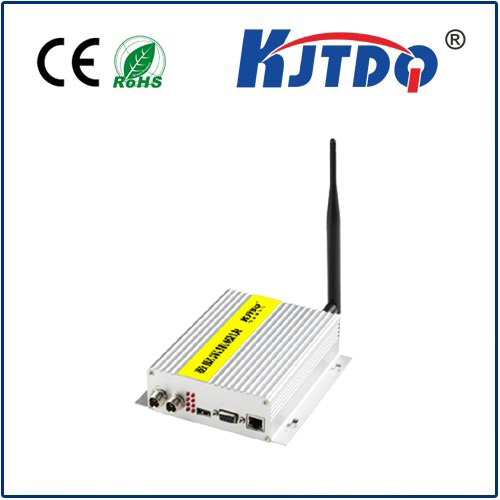dual proximity sensor
- time:2025-06-17 02:43:12
- Click:0
Dual Proximity Sensors: Unlocking Unmatched Reliability and Precision in Detection
Ever experienced a machine misfiring, a safety gate behaving erratically, or an automatic door hesitating unexpectedly? Often, the culprit lies in the limitations of a single perception point. Enter the sophisticated solution: dual proximity sensors. This approach, employing two independent sensors working in concert, fundamentally transforms detection capabilities, prioritizing robustness, accuracy, and failsafe operation in critical applications. Forget relying on a single data point; dual sensing is about intelligent confirmation and unwavering reliability.
Understanding the Core Principle: Beyond Single-Point Reliance
At its heart, a dual proximity sensor system isn’t just two sensors stuck together. It represents a deliberate design philosophy centered on redundancy and confirmation. Each sensor independently detects the presence or absence of a target object within its specific detection zone. The system’s intelligence lies in how it processes these two signals:
- Simultaneous Confirmation: For an event to be registered as valid (e.g., “object present”), both sensors must agree within a defined logic framework. This dramatically cuts down on false positives caused by electromagnetic interference (EMI), environmental noise, or unintended objects briefly entering one sensor’s field.
- Redundancy for Reliability: If one sensor fails due to damage, misalignment, dirt, or electrical issues, the other sensor continues to function. The system logic can be designed to trigger a safe state (e.g., machine stop, alarm) or, depending on the criticality and design, potentially continue operation based on the single valid signal, albeit with a potential alert. This prevents catastrophic failures caused by single-point malfunctions.
- Enhanced Precision and Object Profiling: Strategically positioning the two sensors allows for more sophisticated detection. They can determine the direction of an object’s movement (approaching vs. receding) or verify that an object meets specific size or positioning criteria by requiring simultaneous activation of both zones. This is crucial for applications like complex assembly verification or precise positioning.
Key Advantages Driving Adoption

The strategic use of dual proximity sensors offers compelling benefits that justify their implementation, particularly where safety, uptime, and precision are paramount:
- Dramatically Reduced False Triggers: By requiring confirmation from both sensors, the system inherently filters out spurious signals that might activate a single sensor. This leads to smoother operation, fewer unnecessary stoppages, and increased process confidence.
- Unwavering Safety and Fault Detection: This is arguably the most significant advantage, especially in industrial automation and machinery safety. Dual sensors form the backbone of Category 3 or 4 safety circuits (per standards like ISO 13849). Their inherent redundancy allows for continuous monitoring of each other’s health. A discrepancy between signals or the failure of one sensor can be instantly detected, triggering a safe shutdown or alarm before an unsafe condition occurs. This is vital for safeguarding personnel around robots, presses, or automated guided vehicles (AGVs).
- Enhanced Operational Reliability & Uptime: Minimizing false stops due to single-sensor errors directly translates to higher machine availability and production throughput. Furthermore, the early fault detection capability allows for predictive maintenance, enabling repairs before a total failure causes extended downtime.
- Improved Detection Accuracy and Versatility: As mentioned, the spatial relationship between the two sensors enables capabilities impossible with a single unit. This includes precise edge detection, direction sensing, and verifying the presence of specific object features or correct positioning.
Where Dual Proximity Sensors Shine: Real-World Applications
The robustness and intelligence of dual-sensor systems make them indispensable across diverse sectors:
- Industrial Machinery Safety: Implementing safety door monitoring (requiring both sensors to confirm the door is fully closed and locked before machine start), interlocked guard monitoring, and ensuring safe zones around hazardous machinery movements (e.g., robot cells, stamping presses). They are fundamental components in achieving high Safety Integrity Levels (SIL).
- Elevators and Escalators: Ensuring safety edges and door reversal systems function flawlessly by using dual sensors to confirm obstruction presence reliably.
- Material Handling & Logistics: Precise positioning of pallets, totes, or products on conveyors; verifying the correct presence of items before processing or sorting; safety monitoring on automated guided vehicles (AGVs) and forklifts.
- Automotive Manufacturing: Critical for collision avoidance on assembly lines, verifying precise part placement during robotic welding or assembly, and ensuring worker safety in dynamic environments.
- Automotive Safety Features: Used in modern automated parking systems to detect obstacles with high reliability around the vehicle’s perimeter, crucial for preventing collisions during autonomous maneuvers.
- Packaging Machinery: Ensuring product presence and correct orientation before sealing, filling, or labeling operations, minimizing waste and jams.
- Access Control: Enhancing security gates or barriers by requiring confirmation an obstruction is clear before opening or closing fully.
Crucial Considerations for Implementation
While powerful, deploying dual proximity sensors effectively requires careful planning:
- Sensor Selection & Matching: Sensors must be carefully chosen based on required sensing distance, target material, environmental conditions (temperature, chemicals), and required switching frequency. Ideally, they should be identical models to ensure consistent performance characteristics.
- Strategic Placement: The physical positioning and orientation of the two sensors relative to the target and each other are critical. This defines the overlapping detection zones and determines the system’s ability to achieve direction sensing or specific object profiling. Misalignment can lead to system failure or unreliable operation.
- Robust Logic Processing: The signals from both sensors must be processed by a control system (PLC, safety controller, dedicated module) programmed with the correct monitoring logic. This logic defines the conditions for a valid “object present” or “object absent” state, implements the fault detection routines (cross-monitoring), and dictates the action upon a fault (e.g., safe stop, alarm). Adherence to relevant functional safety standards (e.g., ISO 13849, IEC 62061) is mandatory for safety applications.
- Synchronization and Monitoring: The system must continuously monitor the signals for plausibility. Are both sensors reacting as expected within a tight time window when an object enters or leaves the detection zone? Are they consistently agreeing or showing discrepancies that indicate a potential fault? This real-time synchronization monitoring is key to the failsafe nature.
- Wiring and Diagnostics: Utilizing sensors with diagnostic capabilities (e.g., IO-Link) significantly simplifies commissioning, troubleshooting, and monitoring sensor health. Proper, shielded wiring is essential to minimize EMI that could affect one or both sensors.
Conclusion: The Intelligent Choice for Critical Sensing Needs
The era of solely relying on a single proximity sensor for crucial detection tasks is fading. Dual proximity sensors represent a sophisticated leap forward, offering an unparalleled combination of reliability, precision, and inherent safety. By leveraging redundancy and intelligent confirmation logic, they effectively eliminate many of the shortcomings of single-sensor systems, drastically reducing false triggers and providing robust fault detection. While requiring thoughtful implementation regarding sensor selection, placement, and logic, the benefits in terms of operational uptime, product quality, and, most importantly, personnel safety make dual proximity sensors an essential technology for modern automation, machinery, and safety-critical systems. Where failure is not an option, two sensors are definitively better than one.












